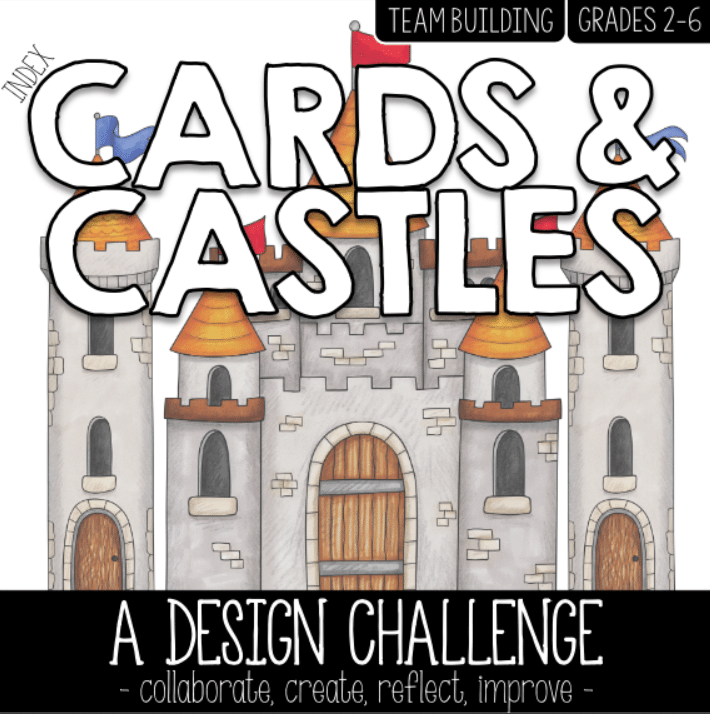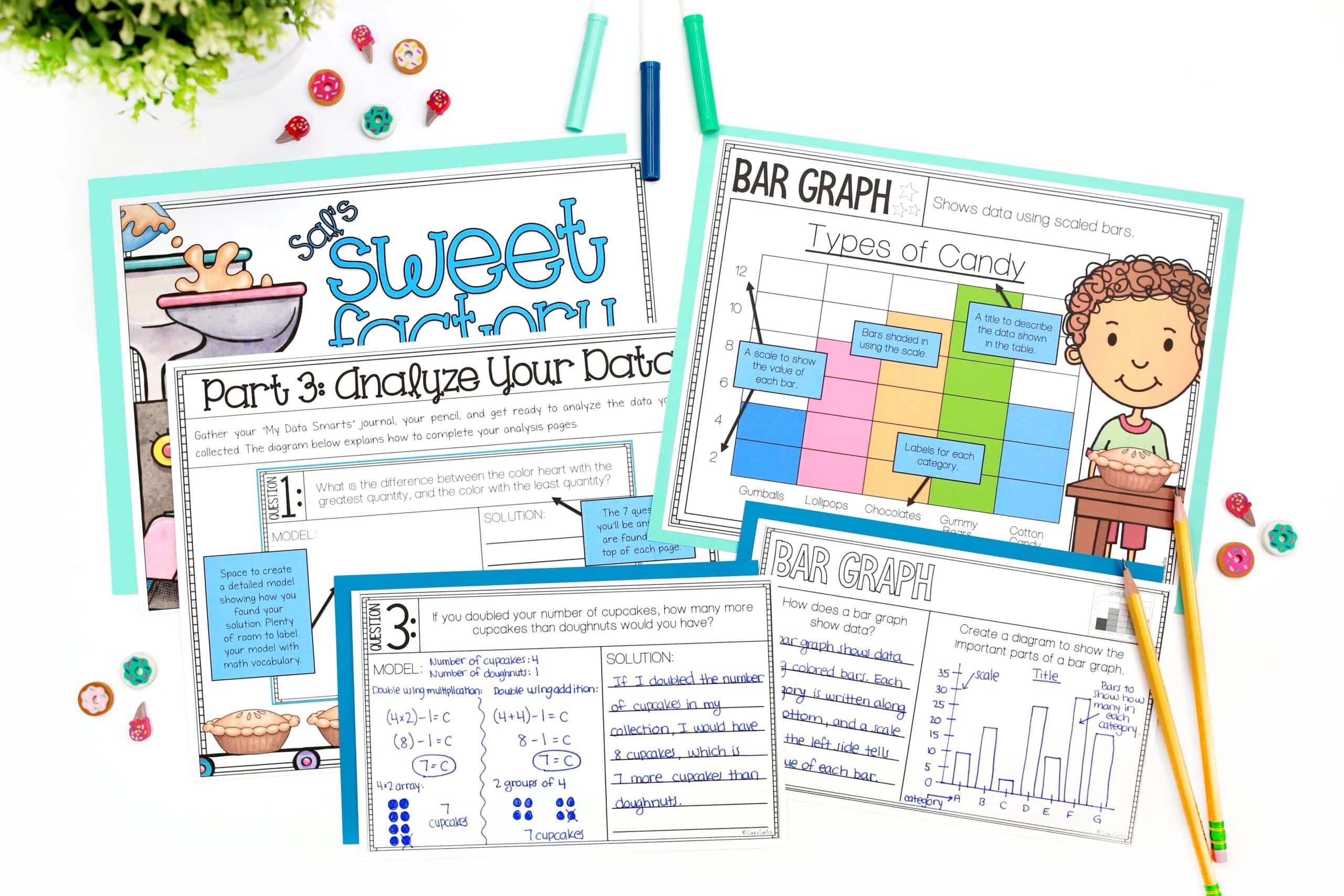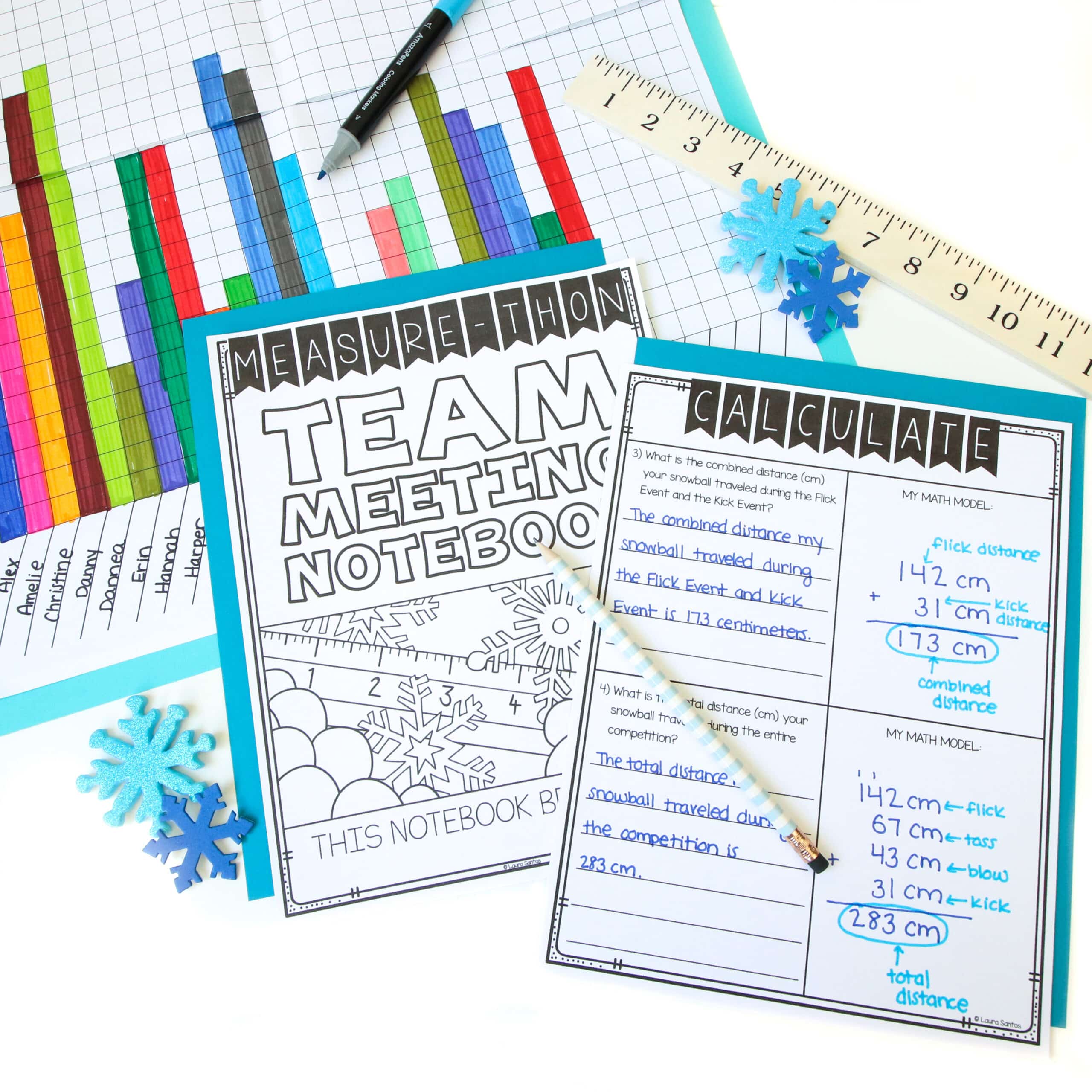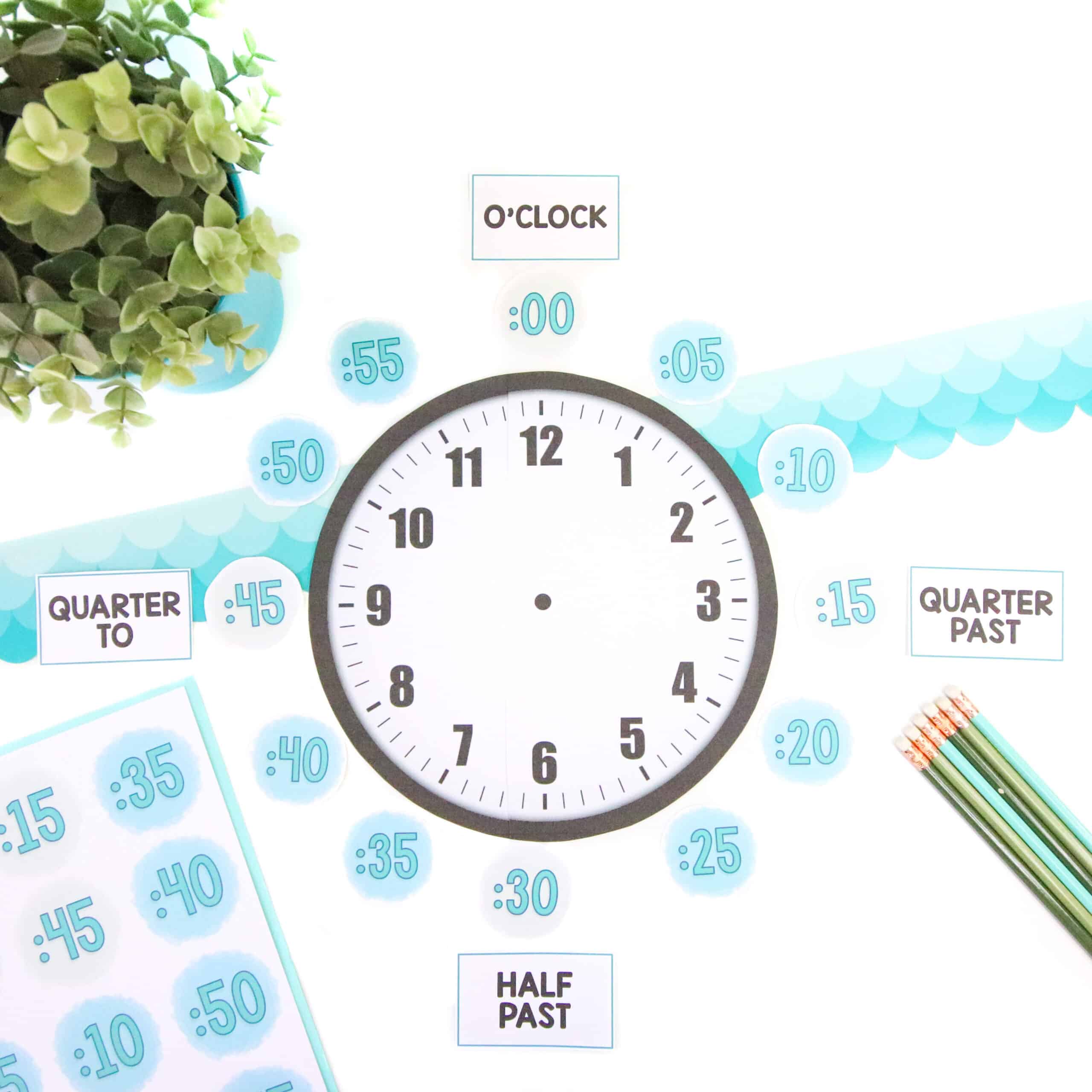The end of the school year is such a special time as testing winds down, and you finish teaching those last few standards. You may even find you have little pockets of time throughout your days when you and your students can work to strengthen that special classroom community bond that’s been building throughout the year. One of my favorite ways to savor that last few weeks with my family-away-from-home before they head off for summer break is through design challenges and game play.

During my first year of teaching, my teammate introduced me to a simple game. Onto the table she plopped this box of heavily-used index cards that had been folded in every which-way. The crease on each card was grimy grey from all the little hands that had handled them over the years. She grabbed a handful, started folding several cards in half, and then stacked them on top of one another to build a tower-like structure as she explained the rules for her favorite game: Cards and Castles. She’s a genius.
Since my introduction to Cards and Castles, I have shared it with my class during the last weeks of school year-after-year. Over time, it has evolved from an engaging game to my favorite design challenge, which I invite you to play with your own class whenever you feel the need to build collaboration skills, or celebrate the amazing classroom community you and your students have established.

How To Play Index Cards and Castles
- Create teams of 3-5 students.
- Students must work together with their team to build castles using only index cards.
- As they design their castle based on the parameters you provide, they are not allowed to use verbal communication, move about the room, or use any additional supplies to help stabilize or attach the cards together.
- If the students break any of these rules, the troll (that’s you) will come knock their castle down, and they must begin again.
- When a team believes they have successfully built a castle that meets the challenge parameters, they must silently stand and tap their head to signal they are ready to have their design checked.
- If their design does not meet parameters, signal them to continue designing.
- The first team to complete their castle successfully wins the challenge.
Things To Consider Before Playing
Depending on the size of your class, the number of index cards you will need varies. I recommend starting with one pack of 3″x5″ cards per group. You can reuse the same cards year after year and store them in plastic shoe boxes.
Each challenge typically lasts about 15-20 minutes, so you may want to complete 1-2 challenges per day. Some challenges last longer – especially when your class is first learning how to successfully use the cards and use nonverbal communication through the building process.

When brainstorming your challenge parameters, think about the height, length, or shape you want each castle to be. You can also challenge students to incorporate bridges, a certain number of vertical platforms, a certain number of horizontal towers, or be limited to using a certain number of index cards to complete the challenge. It is also recommended that you write the challenge on the board, or display it in some way so teams can refer to the parameters frequently as they build.
Have rulers or yard sticks handy so students can measure their design before signaling you to come check.
After each design round/challenge, consider hosting a reflective discussion around the topics of teamwork, sportsmanship, non verbal communication, collaboration, strategy, recovery from disappointment, patience, and empathy.
Bring Index Cards & Castles To Your Classroom
I hope you enjoy this design challenge and team building activity. I’d love to hear about how you use Index Cards and Castles in your classroom in the comments below. If you are interested in a ready-made resource that includes slides with Index Cards and Castles rules, 12 pre-written design cards, and 8 reflective discussion prompts, click here.






